In the Media

Talks at Google Featured an In-Depth Conversation With Gensler Global Co-Chair Andy Cohen
The conversation highlighted “Design for a Radically Changing World,” which uncovers how design impacts our lives and offers actionable advice for business leaders, designers, and all people.
May 22, 2024
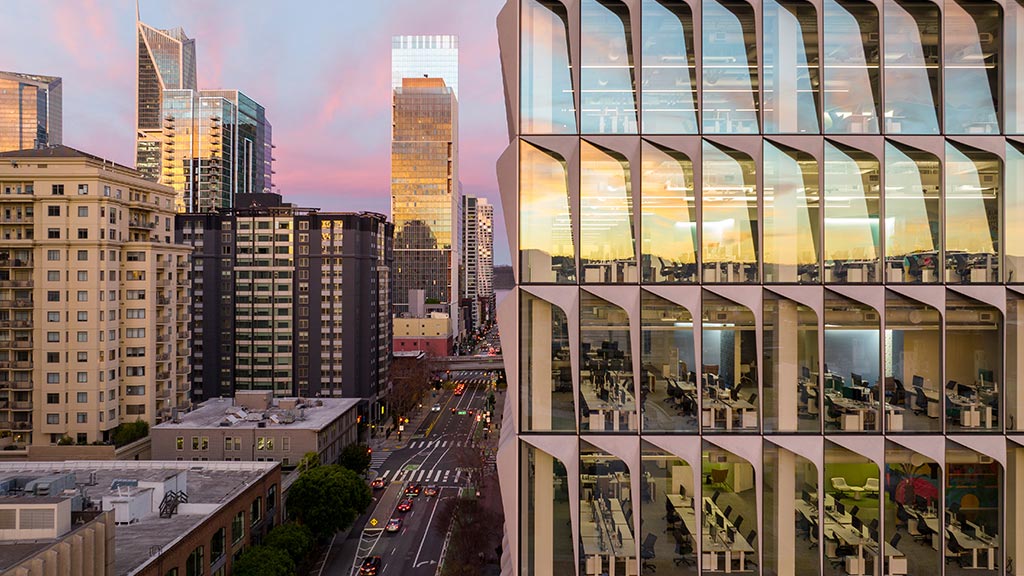
McKinsey’s Author Talks Podcast Featured a Conversation With Global Co-Chairs Andy Cohen and Diane Hoskins
Gensler’s Global Co-Chairs shed light on how design fundamentally affects our everyday lives and offered innovative ways to overcome some of the world’s most pressing issues.
April 25, 2024
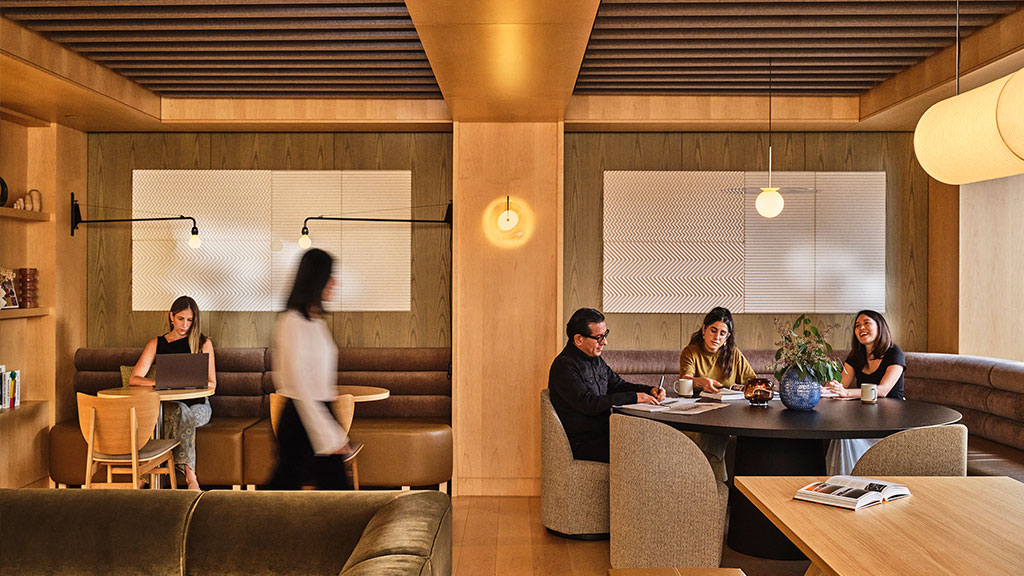
How Coffee Shops Are Reinventing Themselves As More Employees Seek “Third Places” To Get Work Done
The article cites Gensler’s workplace survey data with insights from “Design For a Radically Changing World,” the new book by Global Co-Chairs Diane Hoskins and Andy Cohen.
April 22, 2024
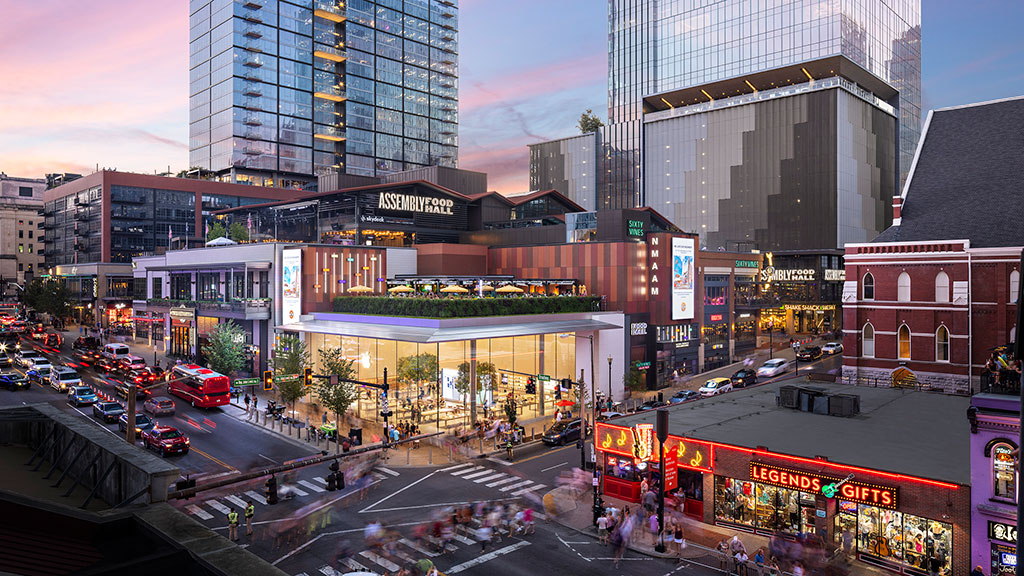
Ten Across Hosted a Podcast With Gensler’s Global Co-Chairs About Characteristics of Future Cities
Andy Cohen and Diane Hoskins discussed future cities through the lens of innovative architecture and urban design, as well as how design can address the world’s most pressing issues.
April 11, 2024

Interior Design Interviewed Gensler Global Co-Chairs Diane Hoskins and Andy Cohen About Their New Book
“Design for a Radically Changing World” posits “design as the discipline best poised to manifest a brighter future” in the face of today’s challenges.
April 08, 2024
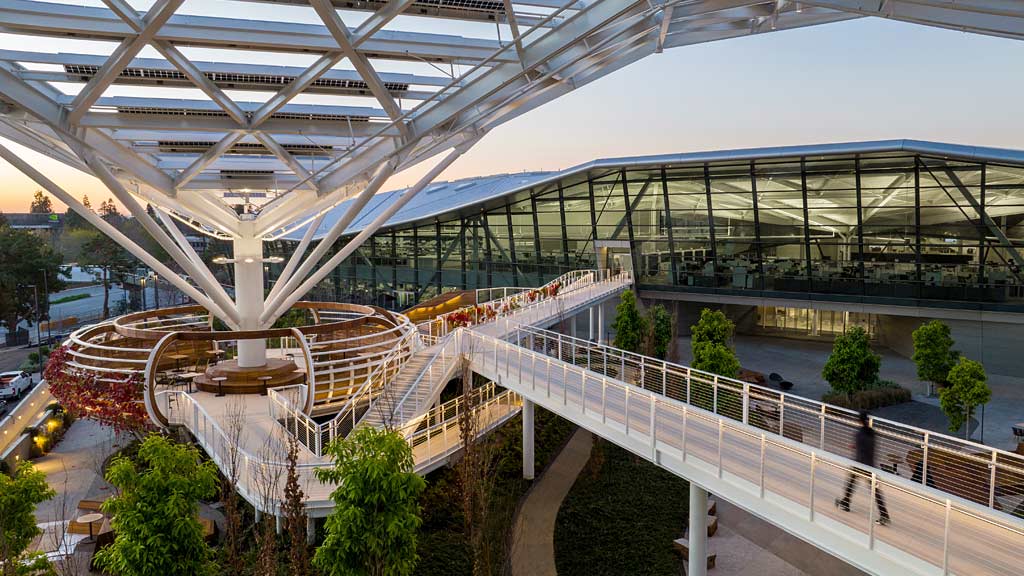
How Gensler’s Leaders Are Tackling New Global Challenges
Fast Company spoke with Andy Cohen and Diane Hoskins about their new book, delving into the pressing global forces that are changing the responsibility of designers, how Gensler’s scale can help address big challenges, and the power of co-leadership.
February 24, 2024
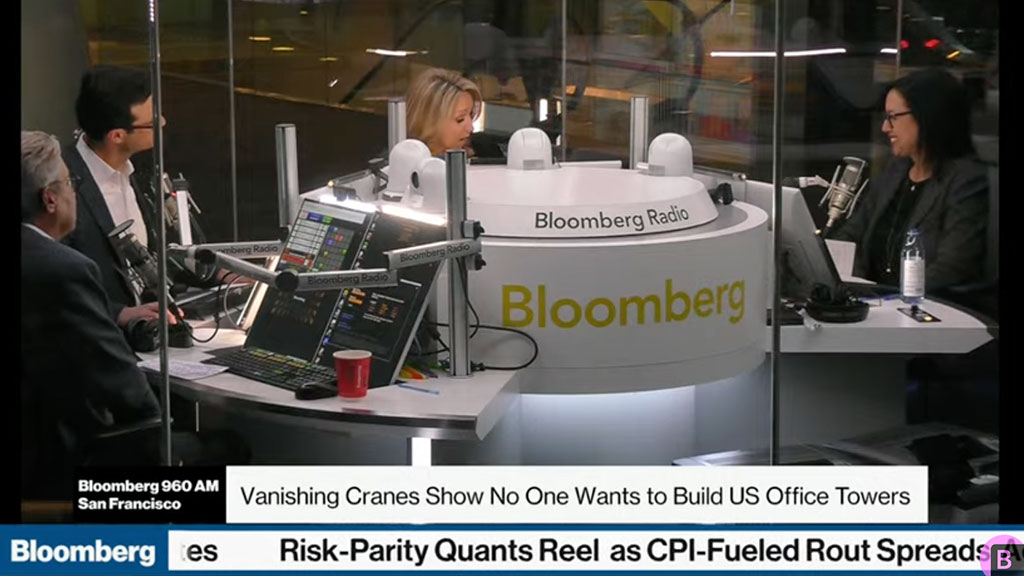
Bloomberg BusinessWeek Hosted an On-Air Segment With Gensler Global Co-Chairs Andy Cohen and Diane Hoskins
Gensler’s Global Co-Chairs discussed their new book, “Design for a Radically Changing World,” and the importance of shaping cities for resilience and equity.
February 14, 2024
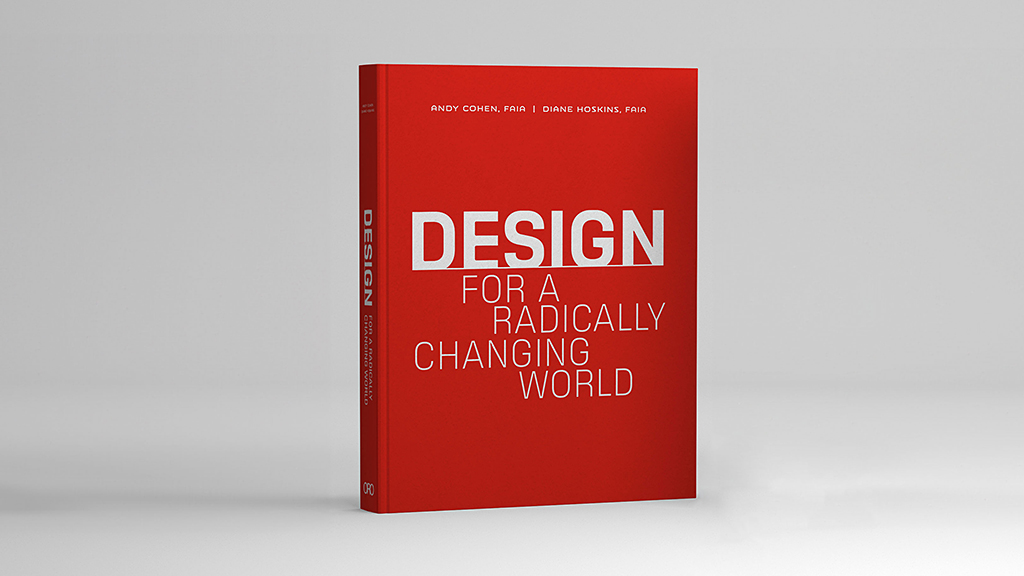
Gensler Announces Book Launch “Design for a Radically Changing World”
Explore new insights from Global Co-Chairs Andy Cohen and Diane Hoskins on the role of design in transforming global challenges into opportunities for positive change.
February 13, 2024
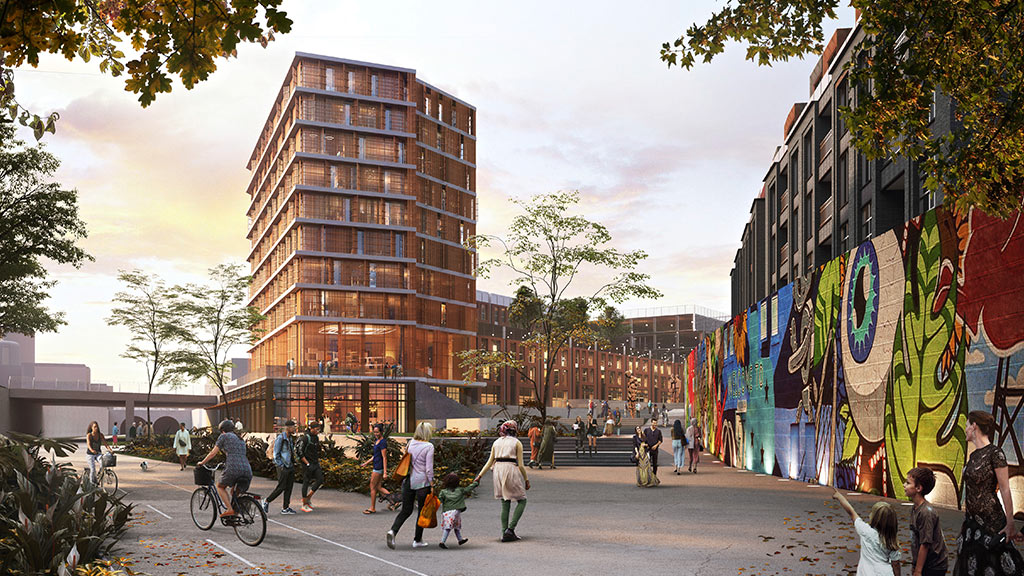
10 Reasons Why Designers Can Be Leaders Who Make a Difference
Fast Company excerpted 10 big ideas featured in “Design for a Radically Changing World,” a new book by Gensler Global Co-Chairs Andy Cohen and Diane Hoskins.
February 13, 2024
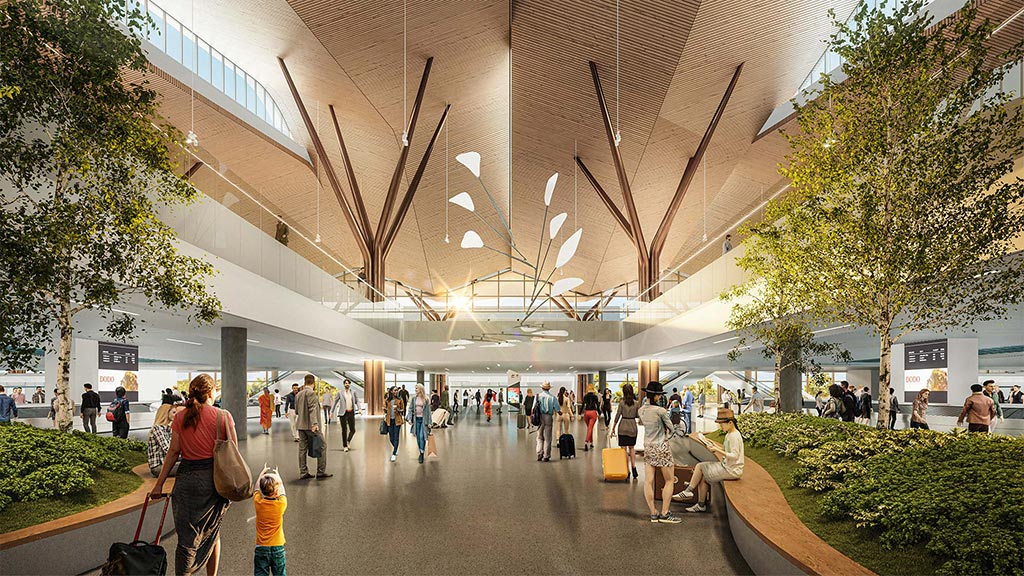
Combatting the Crisis Multiplier Through Design
NPR’s Science Friday hosted a conversation with Gensler Global Co-Chairs Andy Cohen and Diane Hoskins about their new book and how design can help communities adapt to global crises and develop innovative solutions to address climate change.
February 09, 2024
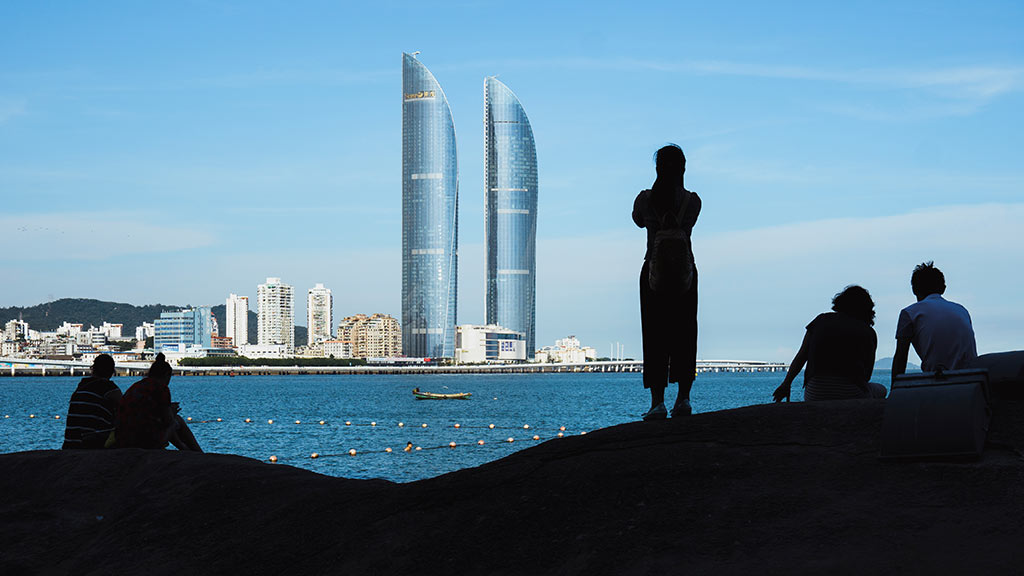
The Daily Creative Explores Creativity Through the Lens of Interconnectedness
Global Co-Chairs Andy Cohen and Diane Hoskins join a podcast to discuss Gensler’s strategies for navigating the complexity of interconnections and cultivating creativity in the face of uncertainty.
February 05, 2024
About the Authors
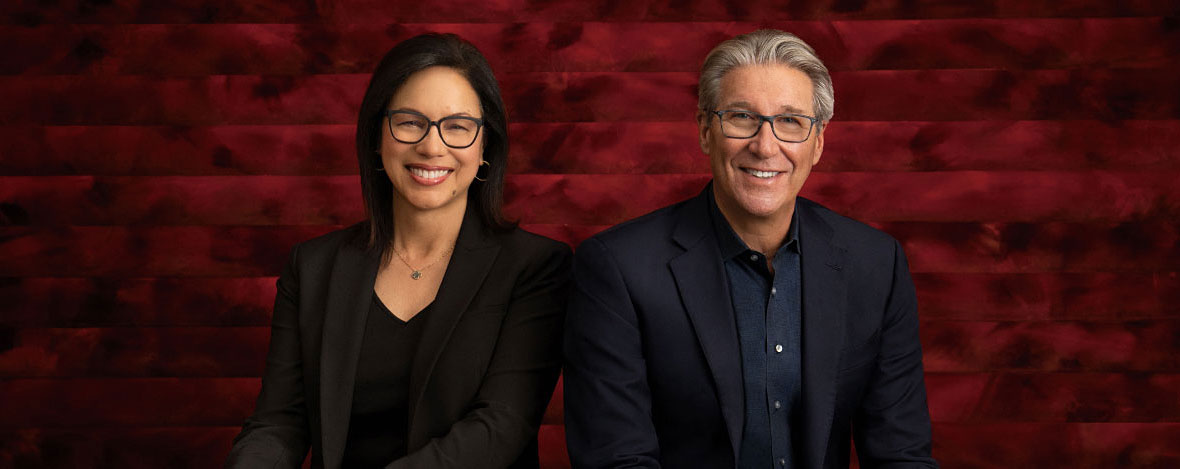
Related Content
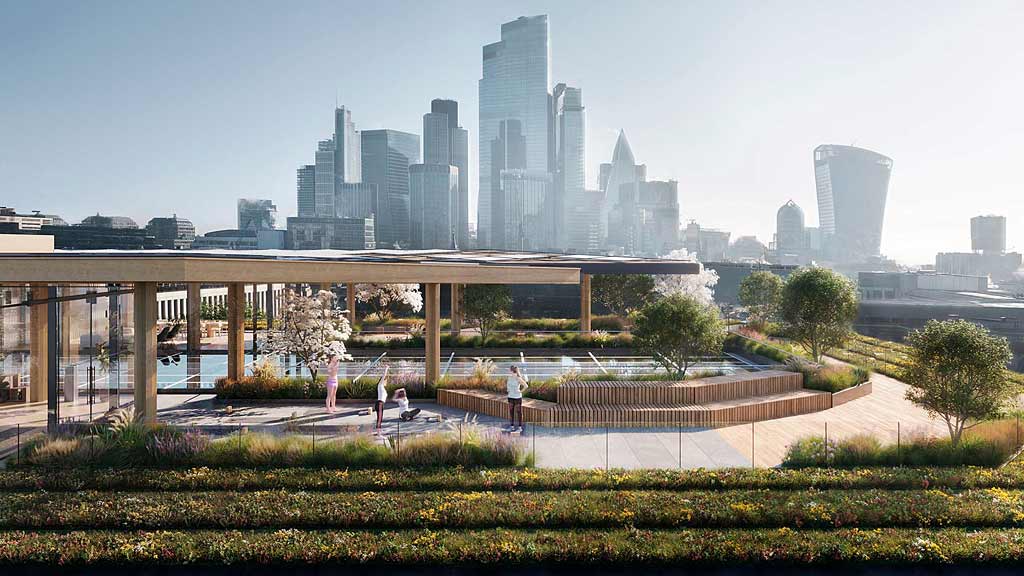
TRENDS
The 8 Trends Shaping Design in 2024
Here are the most important signals and key opportunities we see in the building industry today.
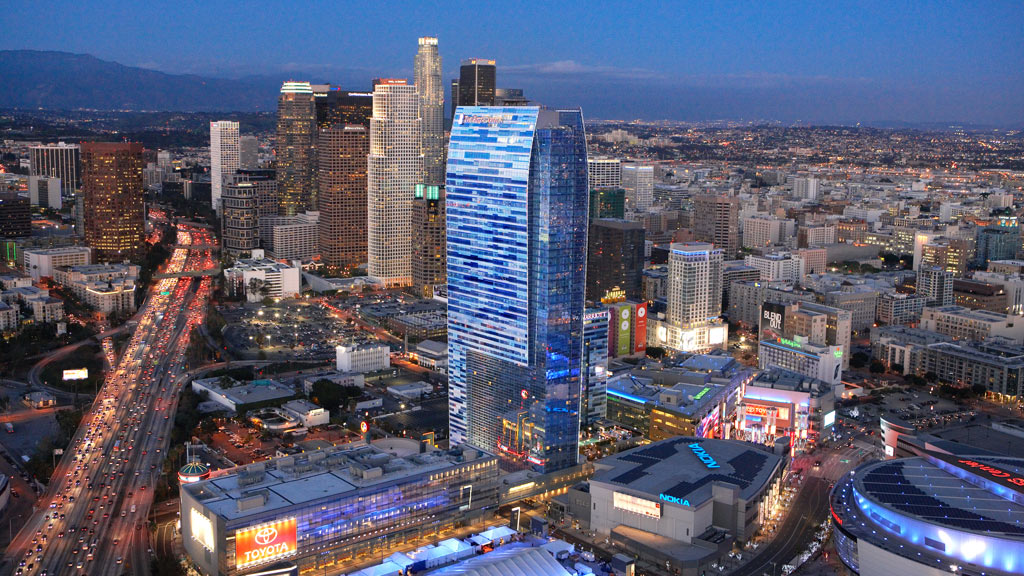
Blog
Ensuring the Future Health of Our Cities
The places we build today will remain standing for generations to come, so they must be able to transform and accommodate new uses as the need arises.
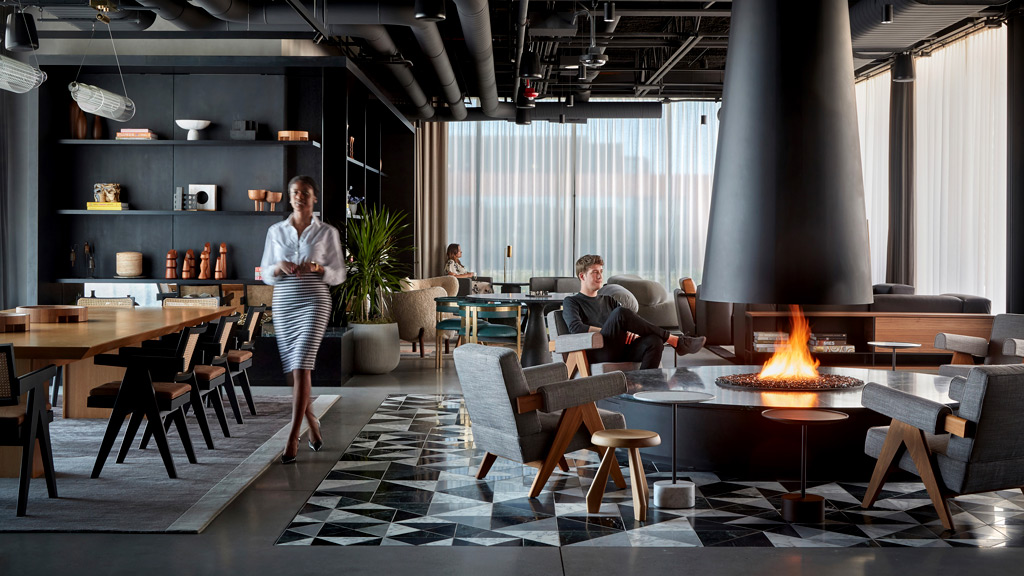
Blog
The Workplace Must Be a Destination, Not an Obligation
The purpose and value of the workplace have never been clearer — and its design has never been more important.
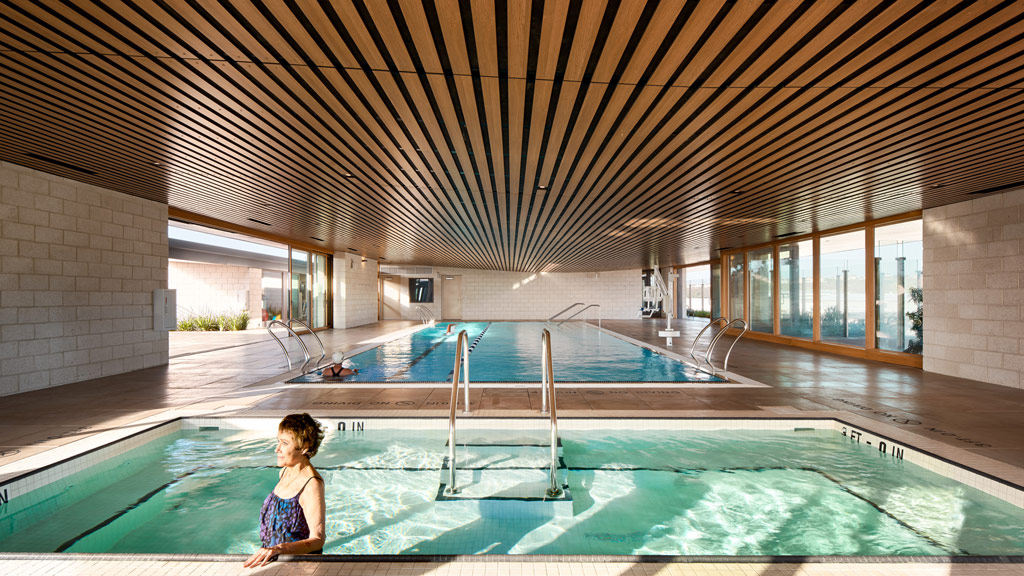
Blog
Designing for Ageless Communities
Increased longevity changes not only the way we need to deliver and receive care but also how we think about the future of living, and working.
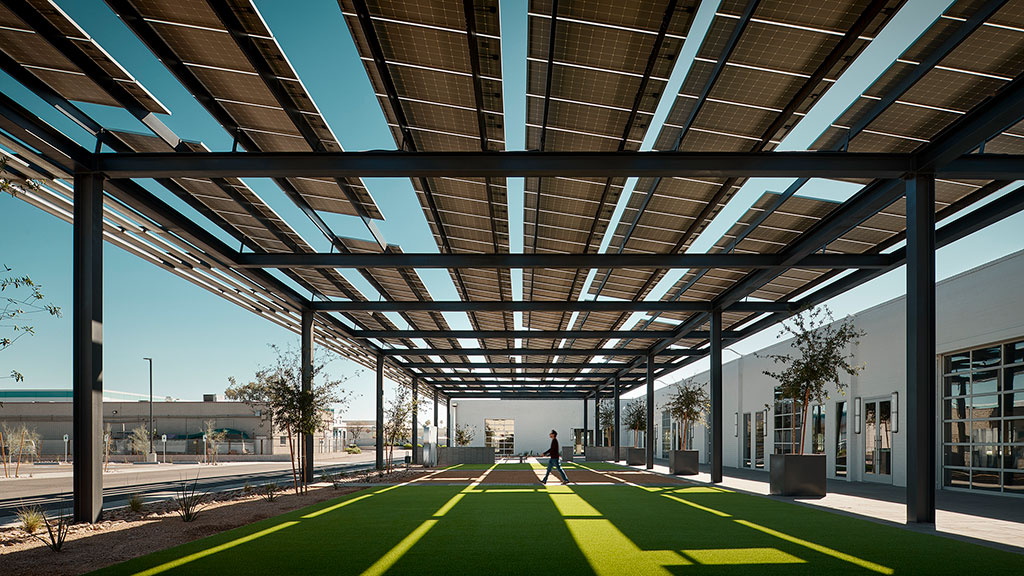
Blog
Decarbonizing the Built Environment for a More Sustainable Future
By acting quickly and working with industry partners to develop and promote lower embodied energy materials, we can catalyze a low-carbon marketplace.
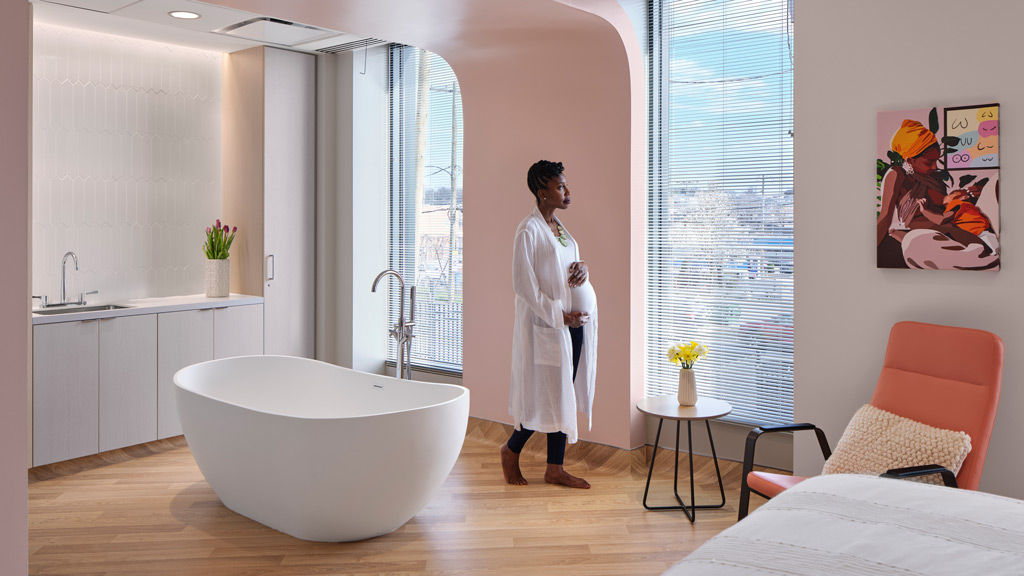
Blog
Putting the Patient at the Center of the Health-And-Wellness Equation
Consumer culture, personalized medicine, and technology are extending conversations about well-being far beyond doctors’ offices and hospitals.
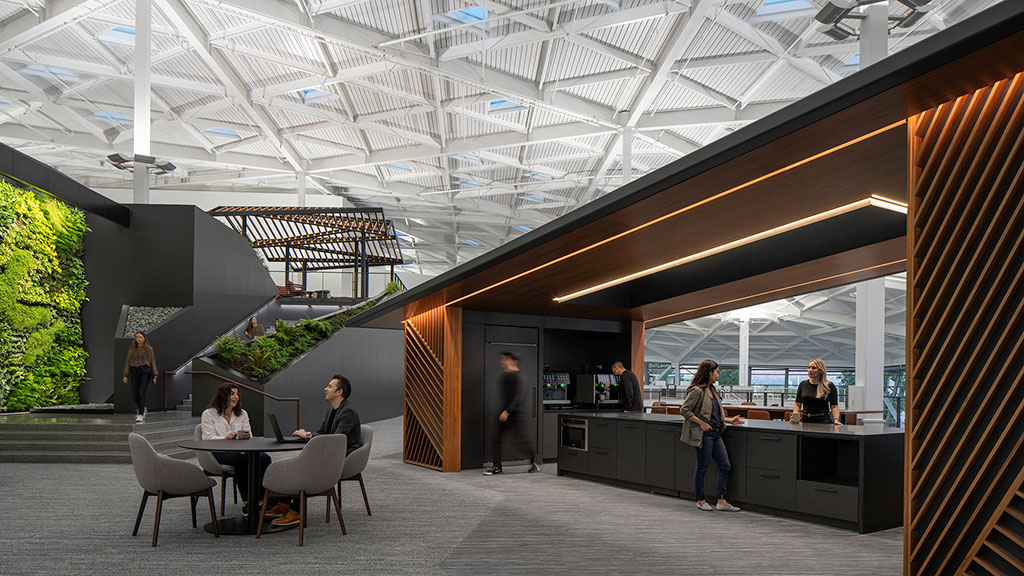
Blog
A Well-Designed Workplace Is a Competitive Advantage
A healthy, sustainable workplace acts as a magnet for talent — and sets a property apart in today’s competitive market.
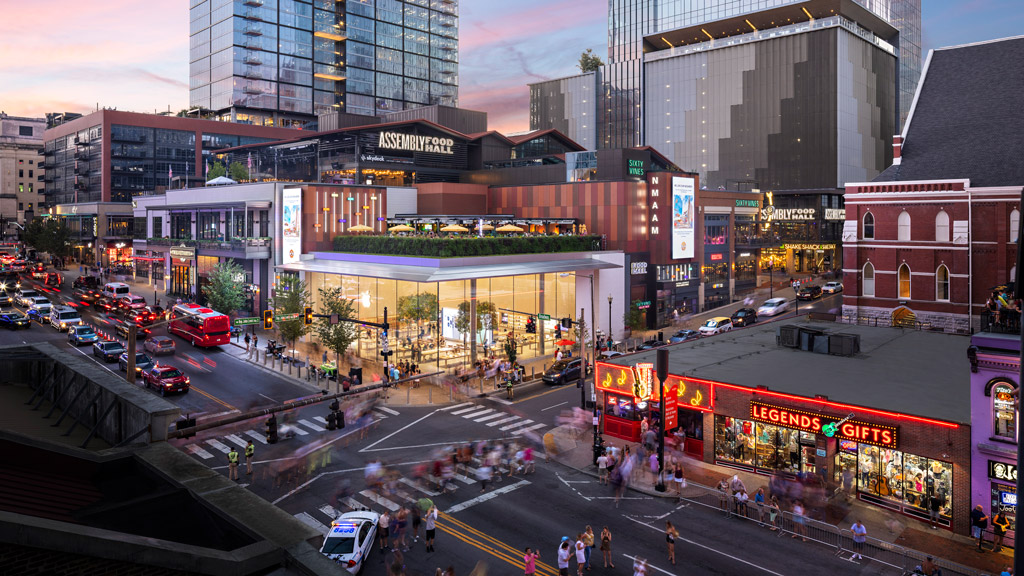
Blog
Design Is an “Experience Multiplier” for the Built Environment
Sports and entertainment projects are transforming from inward-looking, stand-alone, single-use facilities into multipurpose entertainment districts with 24/7 activation.
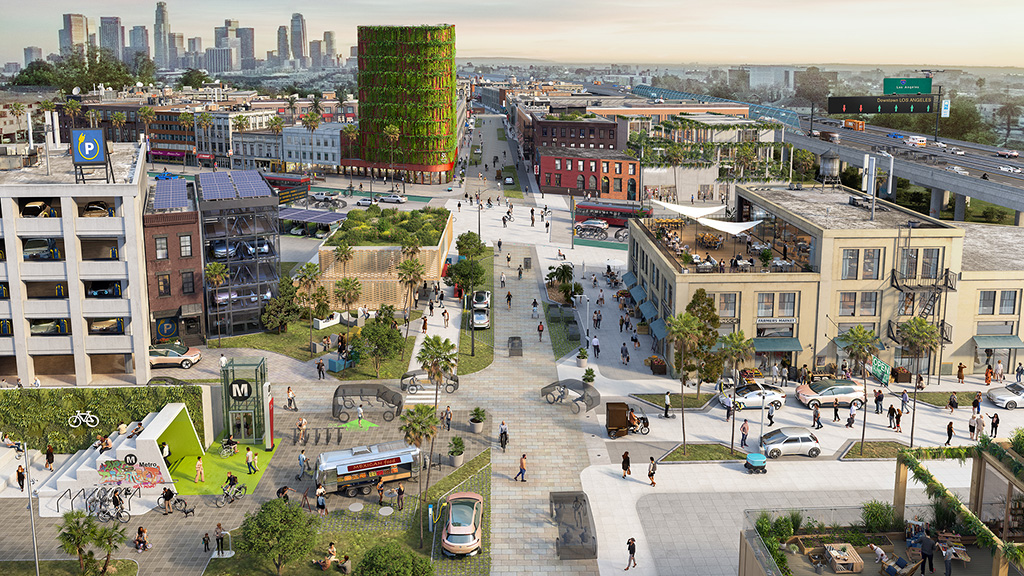
Blog
Innovations in Mobility Design Are Paving the Way for More Resilient Cities
The way people travel in, around, and between cities affects everything from urban planning to sustainability, and design plays a key role in supporting new behaviors.
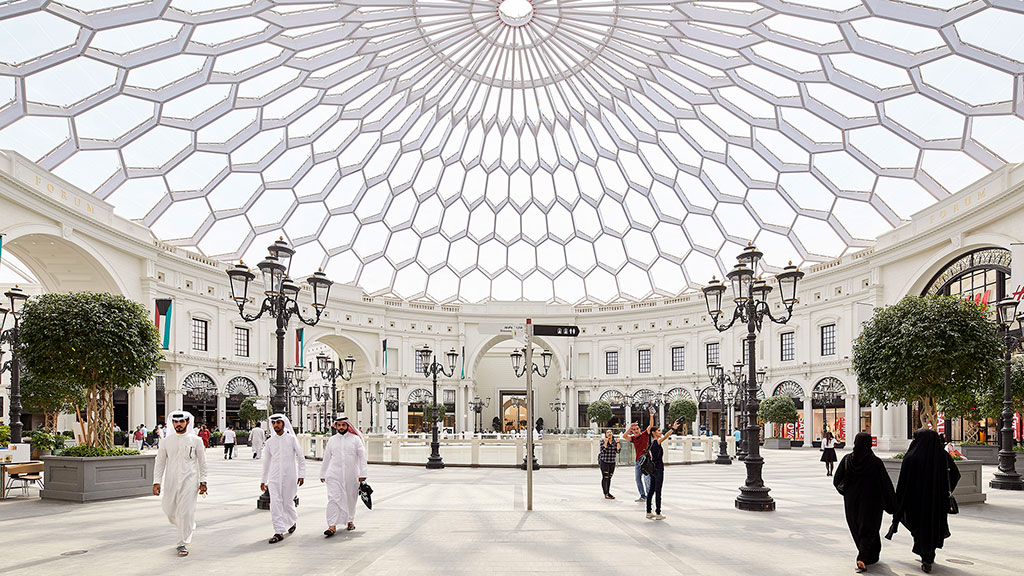
Blog
Global + Local Design Is a Powerful Tool for Navigating Change
At a time when deglobalization is on the rise, the role of design as an integrator has never been more critical.
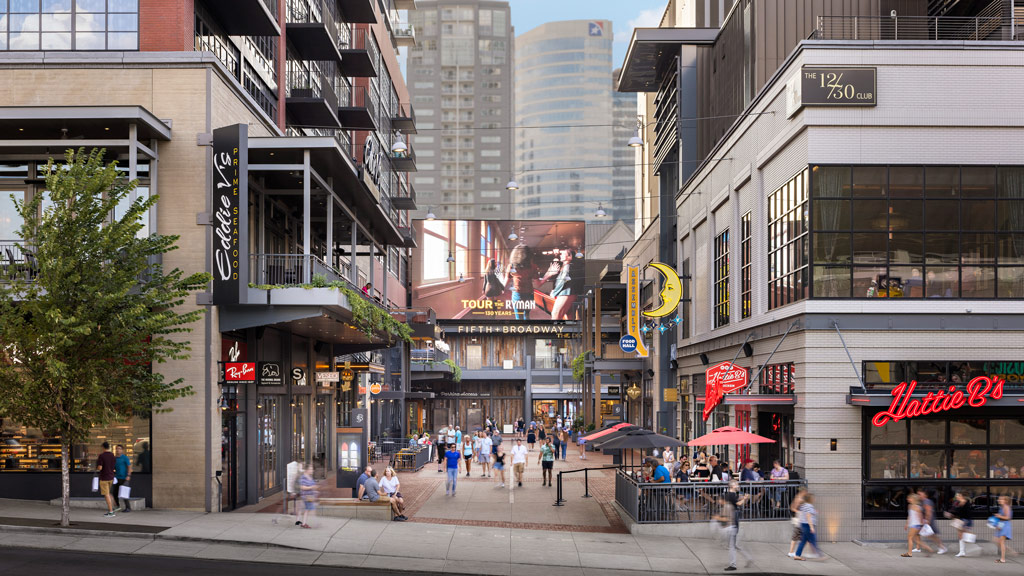
Blog
What’s the Recipe for a Great Central Business District?
Honing in on the amenities, activities, transportation options, and experiences that urban residents desire.
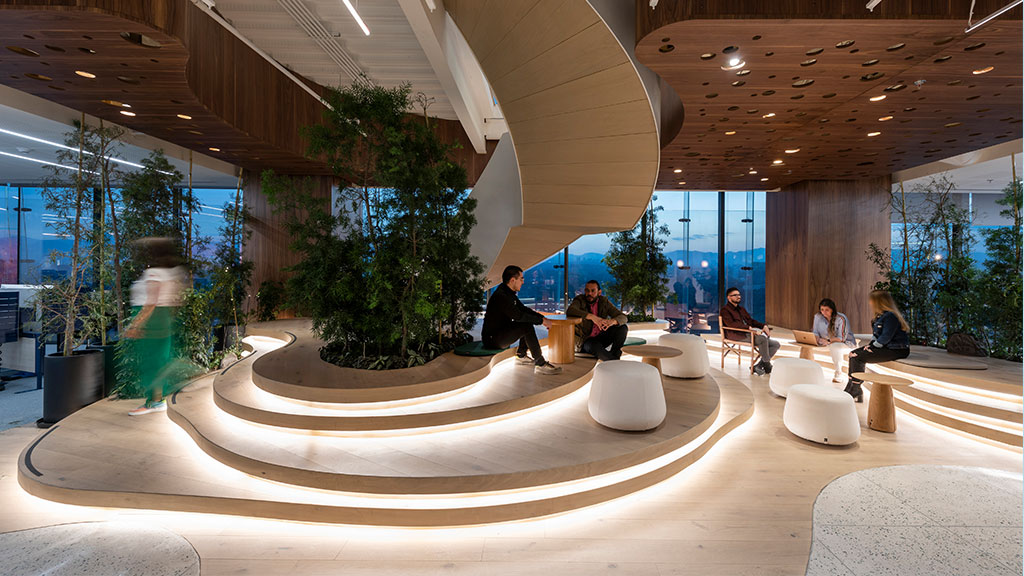
Blog
4 Ways AI Can Create a More Engaging and Enriching Workplace Experience
Here are four considerations that can help designers and organizations use artificial intelligence to create a more engaging and enriching workplace experience.
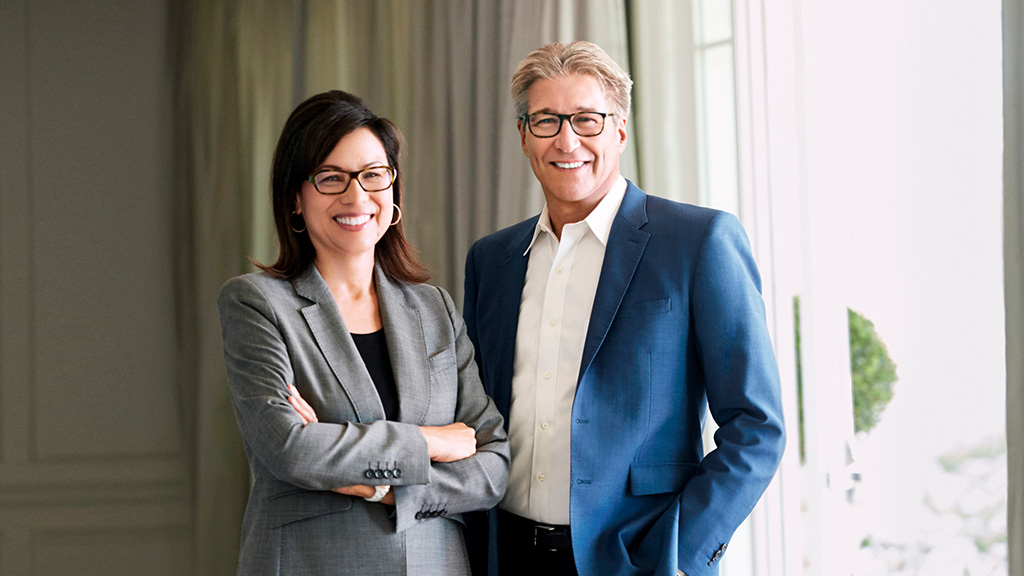
In The Media
![]() Fortune Leadership Next
Fortune Leadership Next
Gensler Co-Chairs Andy Cohen and Diane Hoskins on Leading the Firm Through Change
Fortune’s Leadership Next podcast interviewed then Gensler co-CEOs about why “we are at the greatest re-thinking of the workplace since the industrial revolution.”
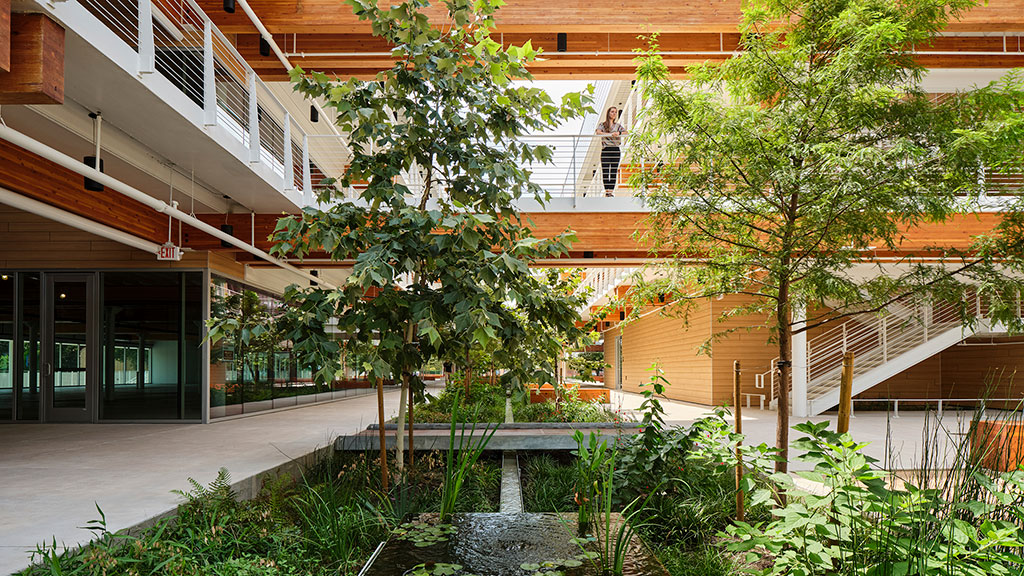
Blog
Extreme Weather Demands an Immediate Design Response
Gensler’s Climate Action Survey 2023 explores how design can address the rapidly accelerating climate crisis.
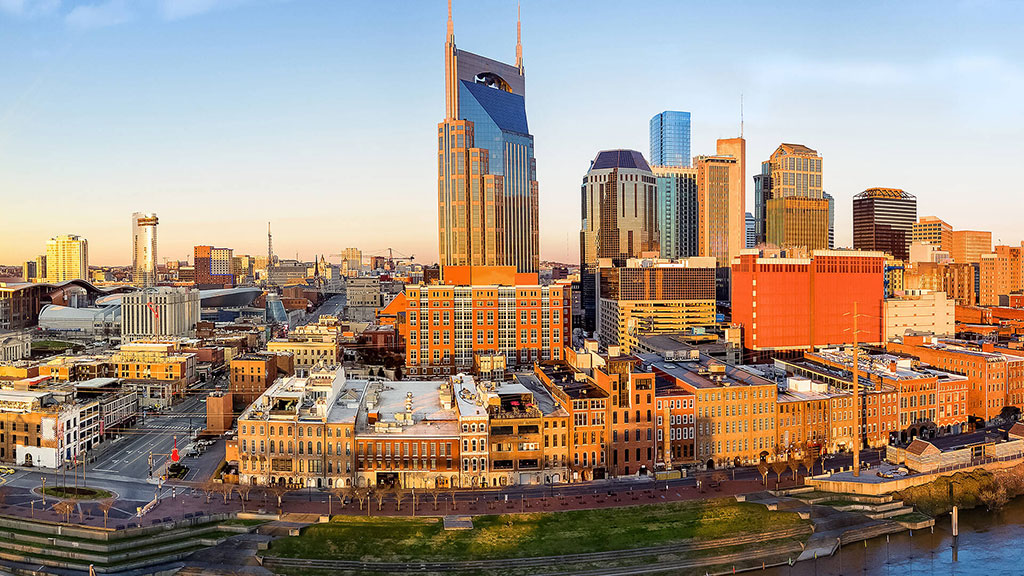
Blog
Why Connected Neighborhoods Are Key to Urban Revitalization
In cities like Nashville, new development must consider the need to enhance neighborhood character and a connected urban experience.
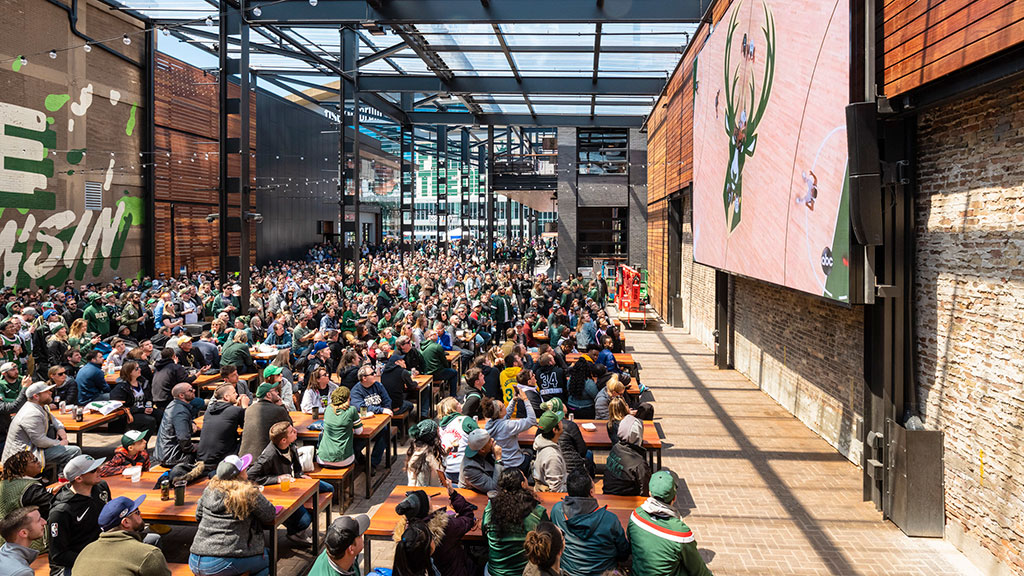
Blog
The Future of Sports Venues Is About Creating Vibrant, Multiuse Districts
Gensler’s Director of Sports explains why integrating sports venues into the urban fabric can generate revenue and create live-work-play communities.
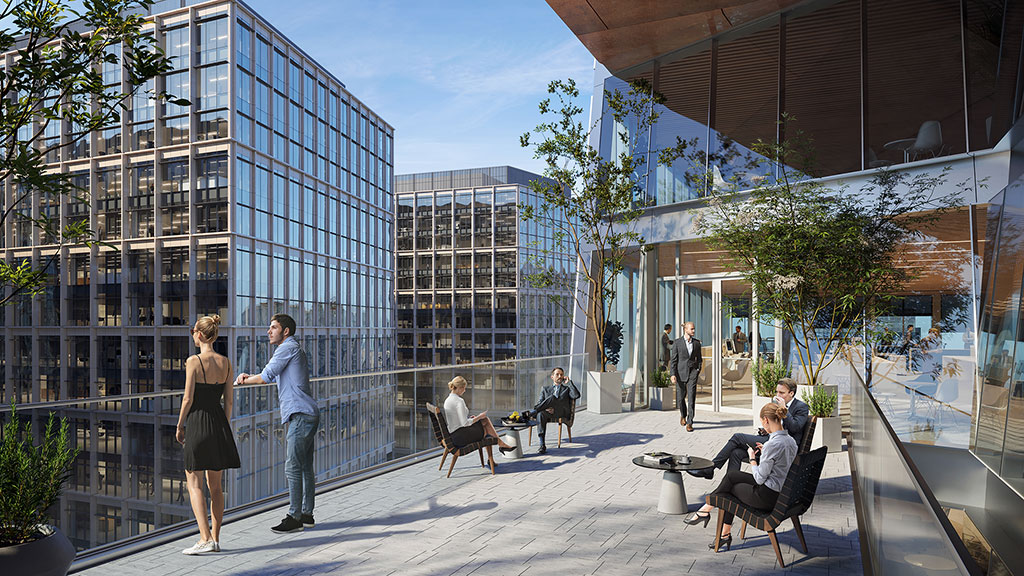
Blog
How the Flight to Experience Can Unlock Value for Commercial Office Buildings
It’s time to rethink the traditional commercial office building model — by redefining “quality” in office buildings and creating workplaces that foster memorable experiences for today’s tenants.
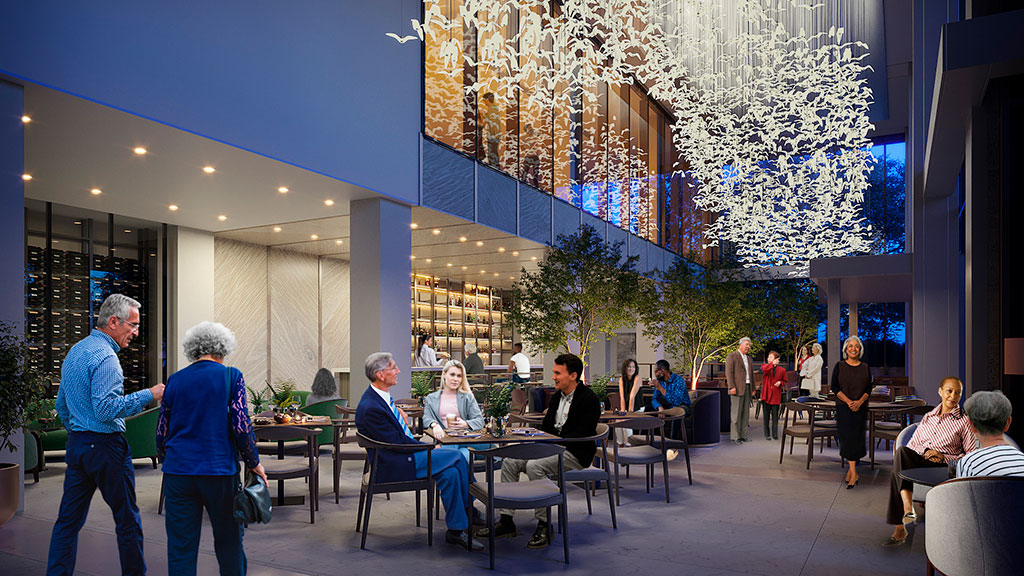
Blog
An Opportunity to Unlock Value for Underutilized Assets: Office Conversions for Senior Living
In the race to convert vacant office buildings, developers should consider senior living.
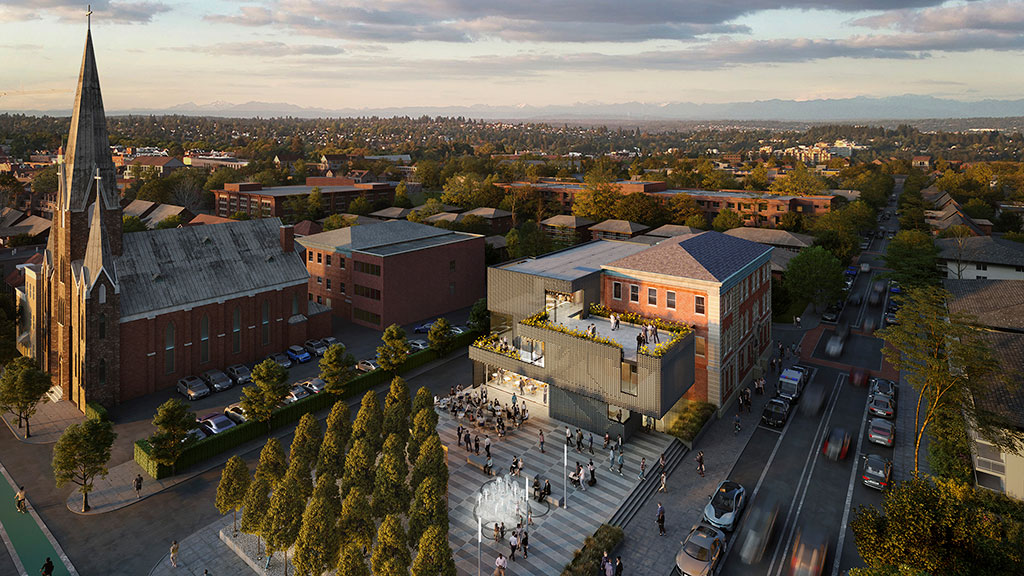
Blog
What Is the Architect’s Role in Creating Equitable Communities?
In this episode of Gensler Design Exchange podcast, our guests talk about this new resource for architects and designers in creating equitable communities.